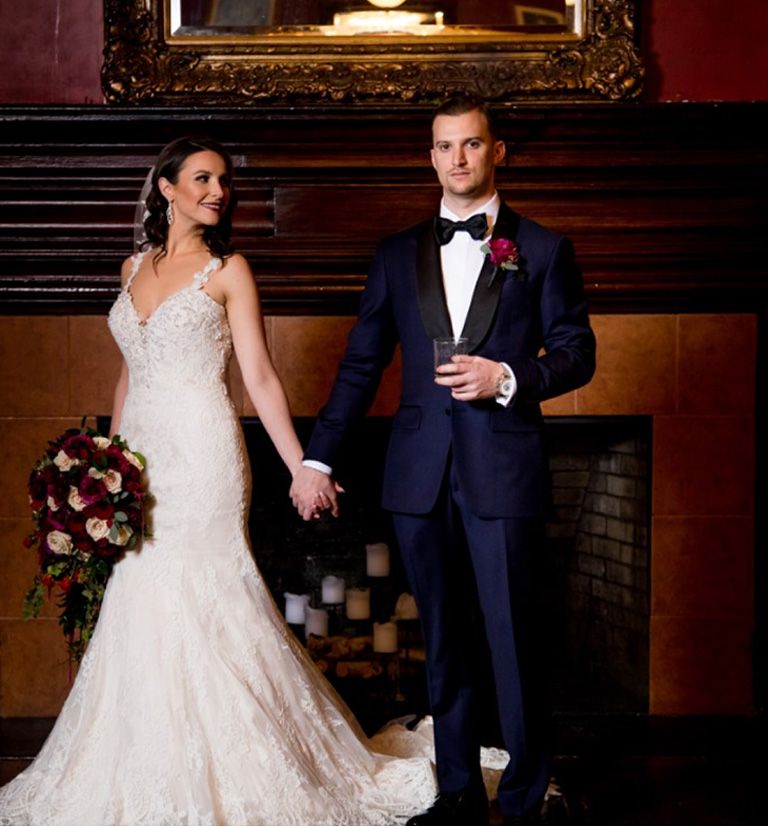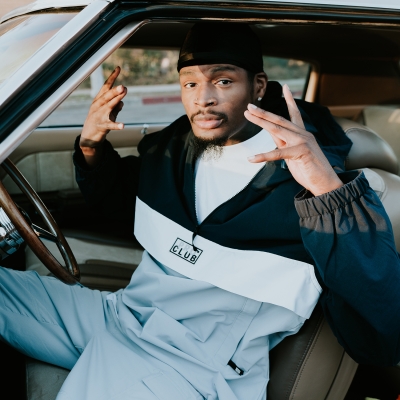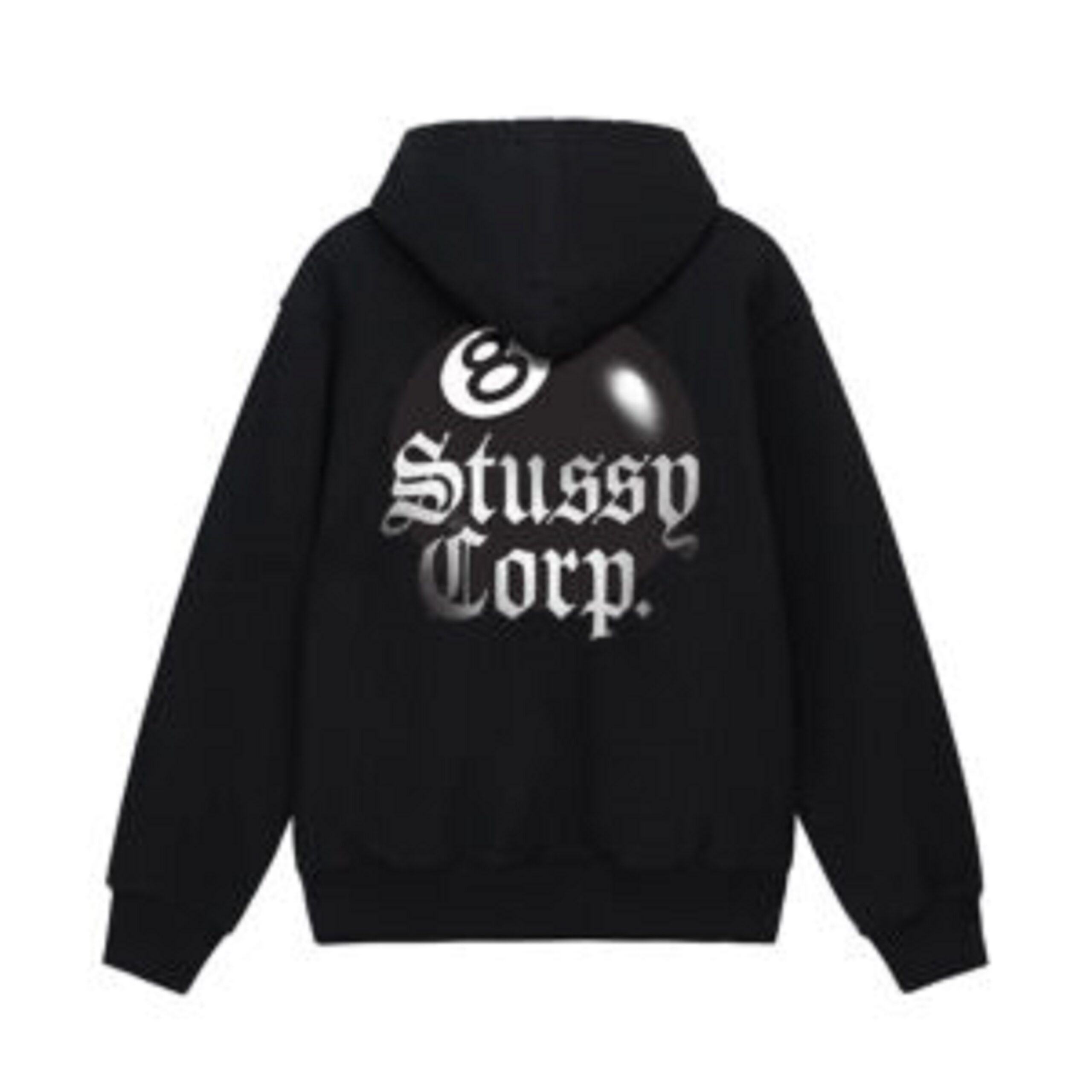Choosing Comfortable Cheer Uniforms

When choosing a cheer uniform, it is important to consider its fit and style. The fabric, color and size are also important factors.
Having a uniform that is too tight can be uncomfortable for the cheerleader and may cause problems such as hindering blood circulation, causing bruises and excessive heat retention. A tight uniform can also make the wearer feel less confident.
Styles
Cheerleading is a sport that requires a lot of hard work and dedication. Cheerleaders, coaches, and parents put in a lot of time and effort to make sure their team performs at its best. They want their uniforms to reflect this hard work and commitment, which is why they need a uniform that will look good and feel comfortable.
Uniforms are usually adorned with the school or team’s official colors and mascots. This makes them a source of pride for cheerleaders. Over the years, uniforms have undergone many changes. They have also become more fashionable and comfortable to wear.
Today’s cheerleaders use a variety of fabrics to create their uniforms, including polyester, spandex, and a blend of both. Spandex is the fabric of choice due to its flexibility and breathable properties. It also holds its shape and doesn’t shrink easily, making it the perfect choice for athletic apparel.
Another popular fabric is double knit, which has a classic, durable look and superior stretch and recovery. It also resists wrinkles and keeps the wearer cool and dry during intense stunts and jumps.
In addition to a quality uniform, cheerleaders need warm ups, pom pons, and sport bags that match the color of their uniform. They also need a coordinating hair bow or headband. Purchasing all of these items can add up quickly, which is why it is important to buy your uniforms from a reputable company that offers discounts for bulk orders.
Fabrics
The fabrics used in cheer uniforms have a significant impact on the level of comfort and ease of movement of the wearer. Generally speaking, it is best to choose fabrics with high levels of polyester content as they are both durable and stretchable. However, other types of synthetic fabric also work well for cheer uniforms. It is important to know which fabric works best for your needs before ordering a full set of uniforms.
The 1980s and 1990s saw dramatic changes in cheerleading uniforms as they veered towards a more athletic look. Skirts were pleated and paired with buttoned-down shirts. A stripe design was usually included. The skirts were typically a waist-length fit, covering most of the frontal upper body except for the shoulders and arms when worn sleeveless.
Traditionally, uniform tops are worn with a coordinating bodyliner. Bodyliners can be in several different lengths and styles. Depending on the level of competition, many squads prefer to wear full coverage bodyliners under their uniform shell to eliminate any belly-showing during arm movements.
Some schools also require their cheerleaders to wear a uniform skirt. The skirt is usually a waist-length skirt and can be sized to touch the bottom of the shell slightly or be higher for a midriff look. A few teams also wear skirts that are a shorter style.
Colors
The uniforms worn by cheerleaders are designed to help them feel comfortable and confident while they perform their routines. The color of the uniforms should reflect the team’s colors, and the uniforms should be designed to coordinate with each other. The size of the uniforms must also be taken into consideration because if the uniforms are too big, they can cause discomfort for the cheerleaders and make them feel awkward while performing their routines.
As cheerleading evolved from a vocal chant into the sport it’s become, it became increasingly important for cheerleaders to display their school spirit and wear a uniform that reflects their spirit. Early uniforms included long cardigan sweaters in striped or solid patterns with the school letters sewn in either corner of the front of the sweater, often in the center of a megaphone shape. The sweaters were worn with matching skirts.
Today’s high school uniforms are typically made from a polyester-spandex blend and are designed to be form-fitting. Most high school cheer uniform tops are waist-length, and most allow the shoulders and arms to show when sleeveless. The back construction of most tops must cover the upper body, but small amounts of mid section showing during movements will not violate NFHS rulings.
Skirts are normally no longer than 12 to 14 inches for safety and tumbling purposes. These skirts are worn over a pair of spandex briefs that are sometimes called “spankies” or “lollies”.
Sizes
When choosing the size of a cheer uniform, it’s important to consider the height and body type of each individual on the team. For example, shorter cheerleaders will benefit from a more form-fitting style that allows them to move freely during routines. Youth cheer uniforms are also available for younger squad members to ensure a comfortable fit without hindering performance.
Cheerleading skirts typically come in two different lengths – knee length and mid-thigh. The rules set by high schools stipulate that skirts must reach mid-thigh when a cheerleader’s arms are down. These rules don’t apply to professional and college teams.
The 1970s saw a dramatic shift in cheerleader uniform styles. Jean Lee Originals in Goshen, Indiana introduced pleated short skirts and double stripe sweaters that are still popular today. These outfits were paired with saddle shoes or flat canvas sneakers and high dress socks.
In the 1980s, a new era of uniforms emerged. These were designed with athletics in mind and included a waist-length shell top that snapped at the bottom and could be worn alone or with a sleeveless leotard-like undergarment. These undergarments were referred to as “bodyliners” and ranged from full coverage to cropped stomach-showing designs.
Many cheerleading outfits are made from polyester, known for its durability and resiliency. Double knit polyester is an excellent choice because it’s heavyweight, wrinkle-free and provides a tailored fit. Another fabric that’s frequently used is flex-stretch polyester/spandex rib knit. These types of fabrics allow for bold designs and lettering on uniforms.




